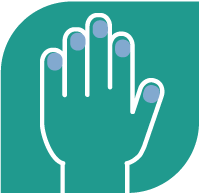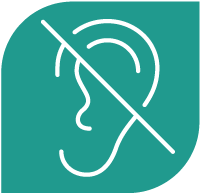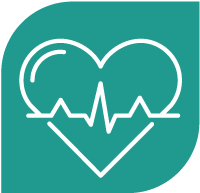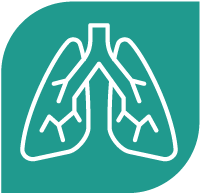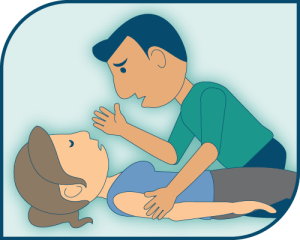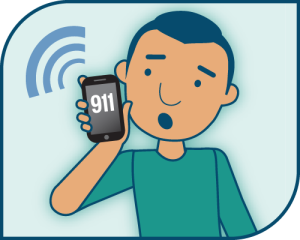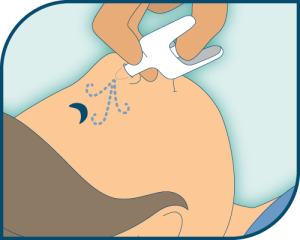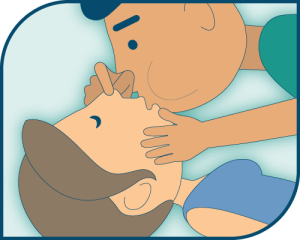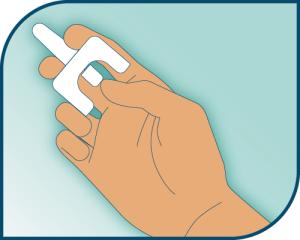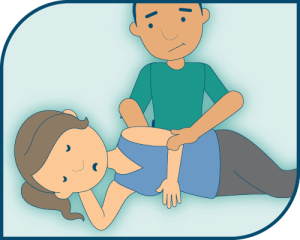Flu shots now available
Welia Health is offering flu shots beginning in October. Simply call any of our three clinics to make an appointment with one of our nurses to and get your flu vaccine.
- 320.679.1313 Mora
- 320.384.6189 Hinckley
- 320.629.7505 Pine City
Same-day appointments are available.
What you need to know about the flu
What is influenza (flu)?
Flu is a contagious respiratory illness caused by influenza viruses that infect the nose, throat, and sometimes the lungs. It can cause mild to severe illness and, at times, can lead to death. The best way to prevent flu is by getting a flu vaccine each year.
When is flu season?
While seasonal influenza (flu) viruses are detected year-round in the United States, flu viruses are most common during the fall and winter. The exact timing and duration of flu seasons can vary, but flu activity often begins to increase in October. Most of the time, flu activity peaks between December and February, although activity can last as late as May.
How can the flu be prevented?
The first and most important step in preventing flu is getting a flu vaccine yearly. The flu vaccine has been shown to reduce flu-related illnesses and the risk of serious flu complications that can result in hospitalization or even death. CDC also recommends everyday preventive actions (like staying away from people who are sick, covering coughs and sneezes and frequent handwashing) to help slow the spread of germs that cause respiratory (nose, throat, and lungs) illnesses, like flu. Learn more about the flu vaccine.
What are the symptoms of the flu?
Flu can cause mild to severe illness and, at times, can lead to death. The flu is different from a cold. Flu usually comes on suddenly. People who have flu often feel some or all of these symptoms:
- Fever* or feeling feverish/chills
- Cough
- Sore throat
- Runny or stuffy nose
- Muscle or body aches
- Headaches
- Fatigue (tiredness)
- Some people may have vomiting and diarrhea, though this is more common in children than adults.
*It’s important to note that not everyone with flu will have a fever.
How does the flu spread?
People with flu can spread it to others up to about 6 feet away. Most experts think that flu viruses are spread mainly by droplets made when people with flu cough, sneeze or talk. These droplets can land in the mouths or noses of people who are nearby or possibly be inhaled into the lungs. Less often, a person might get flu by touching a surface or object that has flu virus on it and then touching their own mouth, nose, or possibly their eyes. Learn more about prevention.
How long is someone with the flu contagious?
You may be able to spread the flu to someone else before you know you are sick, as well as while you are sick.
- People with flu are most contagious in the first 3-4 days after their illness begins.
- Some otherwise healthy adults may be able to infect others beginning one day before symptoms develop and up to 5 to 7 days after becoming sick.
- Some people, especially young children and people with weakened immune systems might be able to infect others for an even longer time.
How quickly do flu symptoms occur?
The time from when a person is exposed and infected with flu to when symptoms begin is about two days but can range from about 1 to 4 days.
What are the complications of the flu?
Complications of flu can include bacterial pneumonia, ear infections, sinus infections and worsening of chronic medical conditions, such as congestive heart failure, asthma, or diabetes.
Who is at high risk from the flu?
Anyone can get flu (even healthy people), and serious problems related to flu can happen at any age, but some people are at high risk of developing serious flu-related complications if they get sick. This includes people 65 years and older, people of any age with certain chronic medical conditions (such as asthma, diabetes, or heart disease), pregnant women, and children younger than five years. Learn more about high-risk groups.
How is the flu treated?
If you get sick with the flu, antiviral drugs may be a treatment option. Check with your doctor promptly if you are at high risk of serious flu complications and you get flu symptoms. People at high risk of flu complications include young children, adults 65 years of age and older, pregnant women, and people with certain medical conditions such as asthma, diabetes and heart disease. Learn more about how the flu is treated.


